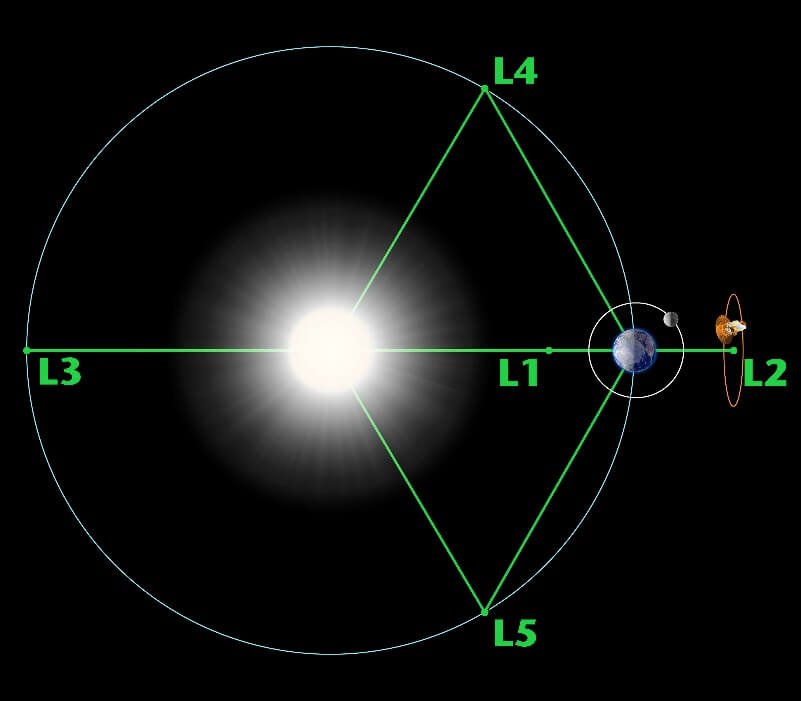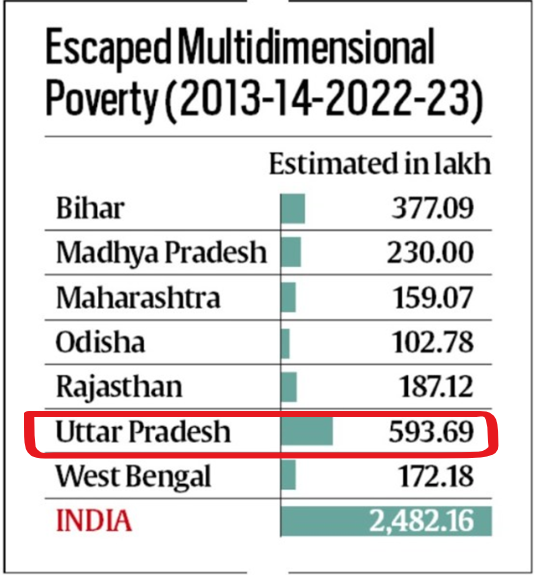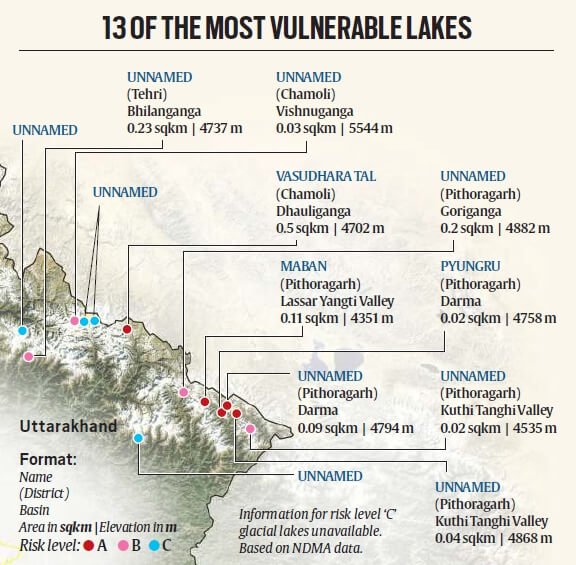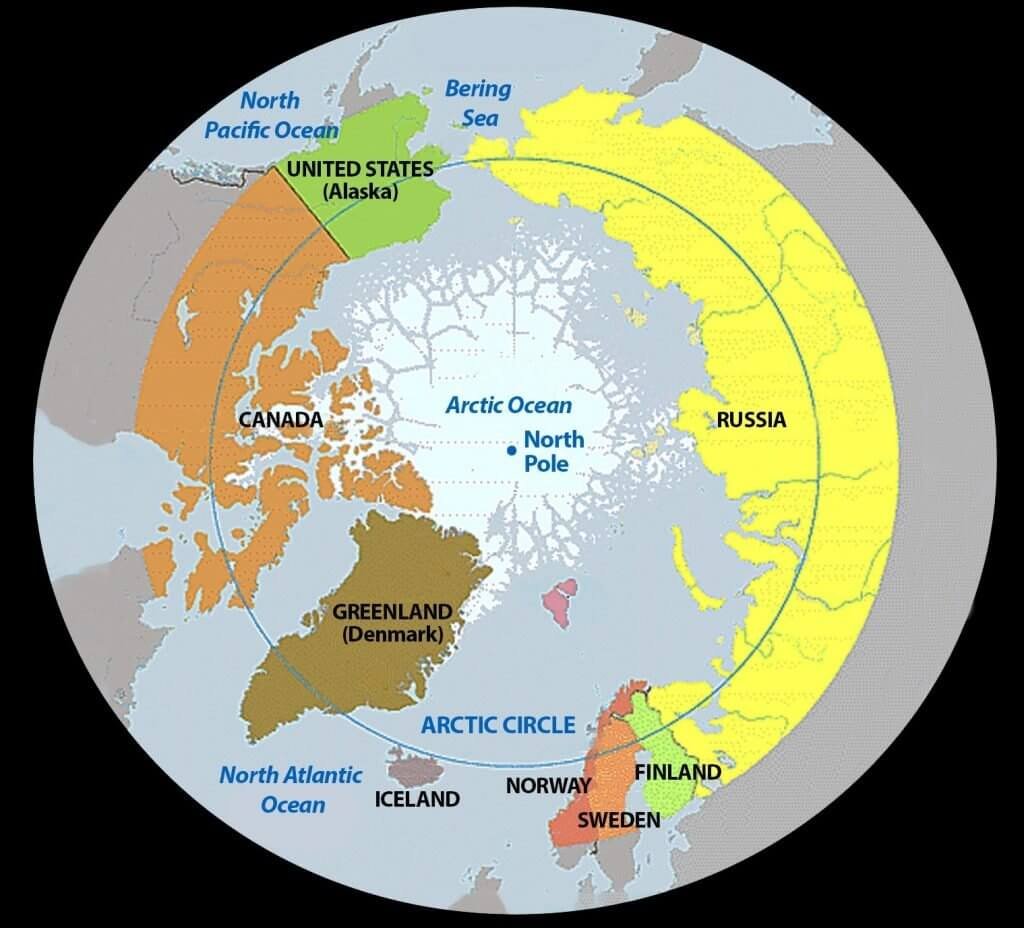
Current Affairs July 13, 2023: Solar Storm, Northern Lights, Kui Language, Super Massive Black Hole, Chikungunya Vaccine
Subscribers of "Current Affairs" course can Download Daily Current Affairs in PDF/DOC
Subscribe to Never Miss an Important Update! Assured Discounts on New Products!
Must Join PMF IAS Telegram Channel & PMF IAS History Telegram Channel
{GS1 – Geo – PG – Climatology – 2023/07/13} Types of Precipitation
- Context (TG | TP | RE): South Africa’s biggest city, Johannesburg, received snowfall after11 years.
- Johannesburg doesn’t experience a lot of snowfall because of strong high-pressure conditions during winter. And as air moves from high pressure to low pressure there is not much moisture.
Humidity
- Water vapour present in the air is known as humidity.
Absolute Humidity
- The actual amount of water vapour present in the atmosphere is known as absolute humidity.
- Warm air can hold more moisture than cold air. Cold air is mostly dry as water vapour condenses into dew, snow and other forms and falls to the ground.
Relative Humidity
- The percentage of moisture present in the atmosphere compared to its full capacity at a given temperature is known as relative humidity.
- Relative Humidity = [Actual amount of water vapour (absolute humidity) / humidity at the saturation point (maximum water vapour that air can hold at a given temperature)] X 100
- With the change in air temperature, the capacity to retain moisture increases or decreases and the relative humidity is also affected.

- Air containing moisture to its full capacity at a given temperature is said to be saturated. At this temperature, the air cannot hold any additional amount of moisture (evaporation is suppressed).
- Thus, the relative humidity of the saturated air is 100%. If the air has half the amount of moisture that it can carry, then it is unsaturated, and its relative humidity is only 50% (evaporation is enhanced).
Dew point
- The temperature at which saturation occurs (100% relative humidity) in a given sample of air is known as the dew point (Dew point occurs when Relative Humidity = 100%).
Forms of Condensation
- Condensation can take place when the dew point is
- lower than the freezing point (≤ 0 °C) — white frost, snow, hailstones and some clouds (cirrus clouds) are produced.
- higher than the freezing point (> 0 °C) — dew, fog and clouds are produced.
Dew
- When the moisture is deposited in the form of water droplets on cooler surfaces of solid objects (rather than on condensation nuclei in the air above the surface) such as stones, grass blades and plant leaves, it is known as dew.
- For dew formation, the dew point must be above the freezing point.
- The ideal conditions include a clear sky (for sufficient cooling of the surface from heat loss from outgoing infrared radiation), calm air, high relative humidity, and cold and long nights.

[UPSC Prelims 2019] Why are dewdrops not formed on a cloudy night?
Explanation:
|
White Frost
- Frost forms on cold surfaces when condensation takes place below the freezing point (0° C), i.e. the dew point is at or below the freezing point.
- The excess moisture is deposited in the form of minute ice crystals instead of water droplets.
- The ideal conditions for the formation of white frost are the same as those for the formation of dew, except that the air temperature must be at or below the freezing point.

Fog
- When the temperature of an air mass containing a large quantity of water vapour falls all of a sudden (mostly due to temperature inversion), condensation takes place within itself on fine dust particles. So, the fog is a thick cloud with its base at or very near to the ground.
- In fog, visibility is less than 1000 m (< 1 km).


Mist
- The difference between mist and fog is that mist contains more moisture than fog as each nucleus in mist contains a thicker layer of moisture.
- Water droplets also form in mist, but with less merging or coalescing. This means mist is less denser and less thicker than fog and quicker to dissipate.
- Mists are frequent over mountains as the rising warm air up the slopes meets a cold surface.
- In mist, visibility is more than 1000 m (> 1 km) but less than 2000 m (< 2 km).


Clouds
- Cloud is a mass of minute water droplets or tiny crystals of ice formed by the condensation of the water vapour in free air at considerable elevations.
Precipitation
- The process of continuous condensation in the air helps the condensed particles to grow in size. When the resistance of the air fails to hold them against the force of gravity, they fall onto the earth’s surface as different forms of precipitation.
Types of Precipitation
- Rainfall: drop size more than 0.5 mm.
- Virage: raindrops evaporate before reaching the earth.
- Drizzle: light rainfall; drop size less than 0.5 mm.
- Mist: evaporation in drizzle occurs before reaching the ground leading to foggy weather.
- Snowfall: fine flakes of snowfall when the temperature is less than 0° C.
- Sleet: a mixture of snow and rain or merely partially melted snow.
- Hail: precipitation in the form of hard rounded pellets (5 to 50 mm) is known as hail.
Snowfall
- When there is enough moisture and the temperature is lower than 0°C, precipitation takes place in the form of fine flakes of snow and is called snowfall. Snowflakes occur in the form of hexagonal crystals.


Delhi doesn’t usually receive snowfall even when its’s freezing cold. Do you know why?
|
{GS1 – Geo – PG – Geomorphology – 2023/07/13} Solar Storms and Northern Lights
- Context (WION): A solar storm is likely make Northern Lights (Auroras) more visible in the US states.
Earth’s Magnetosphere
- The magnetosphere is the region above the ionosphere that is defined by the extent of the Earth’s magnetic field in space. It extends several tens of thousands of kilometres into space.
- It protects the Earth from the charged particles of the solar wind and cosmic rays that would otherwise strip away the upper atmosphere, including the ozone layer.

|

Auroras
- Aurora is the name given to the luminous glow in the upper atmosphere of the Earth which is produced by charged particles (solar wind) descending from the planet’s magnetosphere.
Formation
- When charged particles from the Sun interact with Earth’s magnetic field, positive ions slowly drift westward, and negative ions drift eastward, giving rise to a ring current.
- The ring current reduces the magnetic field at the Earth’s surface.
- Due to the weak magnetic field, some of the charged particles penetrate the ionosphere and collide with the atoms there. This results in an excitation of the oxygen and nitrogen molecular electrons.
- The molecules get back to their original state by emitting photons of light which are the aurorae.
- Oxygen atoms usually emit green and red light, while nitrogen molecules emit blue and purple light.
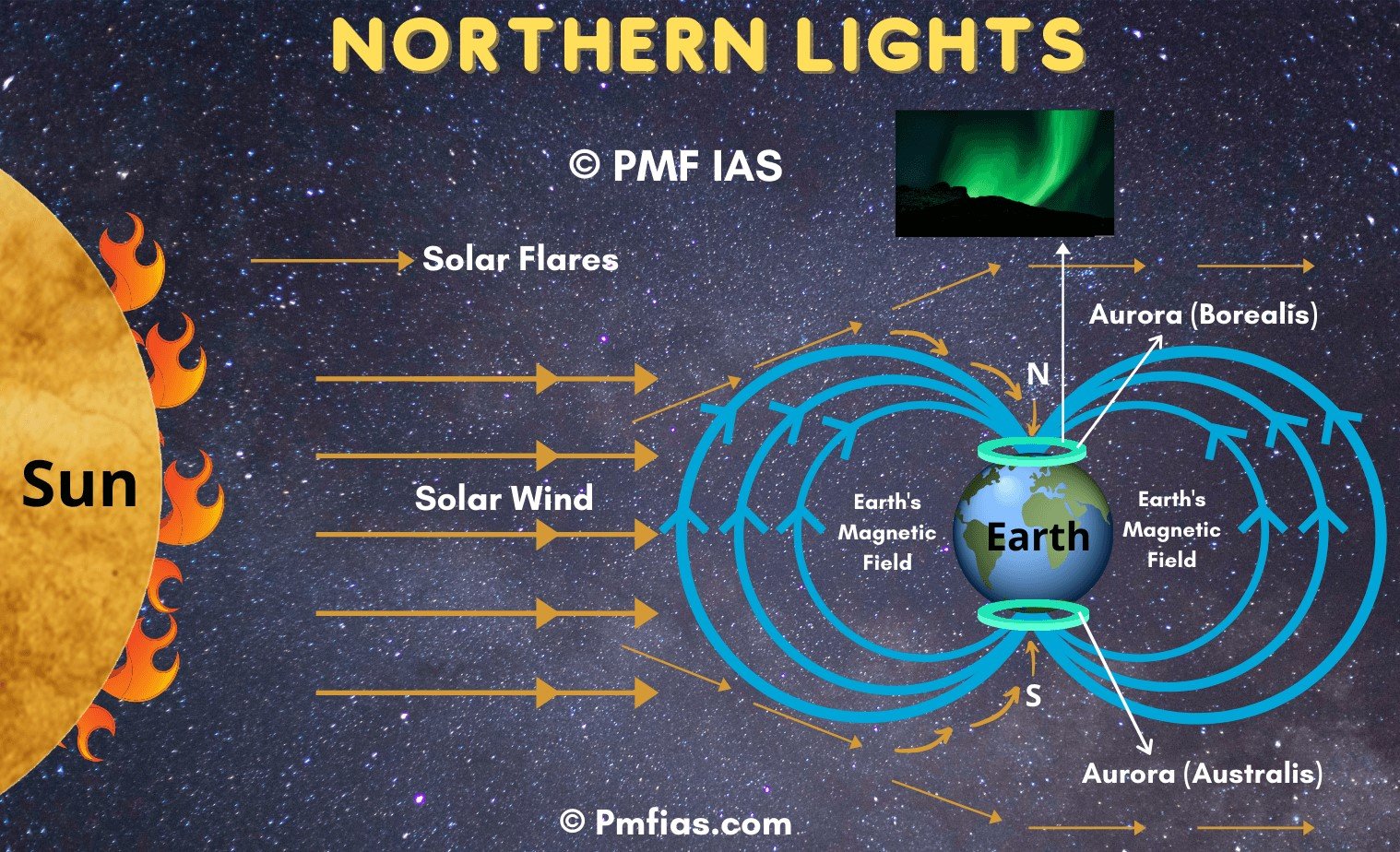
Aurorae and High Solar Activity
- The charged particles funnel down the magnetic field lines which are oriented in and out of our planet and near the magnetic poles. Therefore, auroral oval is mostly are seen to occur at high latitudes.
- But occasionally, the oval expands, and the lights become visible at lower latitudes. This happens during periods of high solar activity, such as the arrival of solar storms.
Aurora Borealis and Aurora Australis
- In the northern part of our globe, the polar lights are called Aurora Borealis or Northern Lights and are seen from the US (Alaska), Canada, Iceland, Greenland, Norway, Sweden and Finland.
- In the southern part of globe, they are called Aurora Australis or Southern Lights, and are visible from high latitudes in Antarctica, Chile, Argentina, New Zealand and Australia.
Solar Storms
- Solar storms, also known as solar flares and coronal mass ejections (CMEs), are intense eruptions of energy and charged particles from the Sun.
- They are caused by the release of magnetic energy stored in the Sun’s atmosphere.
Solar Flares
- Solar flares are sudden and intense bursts of radiation that occur near sunspots, which are areas of intense magnetic activity on the Sun’s surface.
- Sunspots are dark, cooler areas that appear on the surface of the Sun. They are temporary phenomena caused by intense magnetic activity in the Sun’s photosphere (the visible surface layer).
Coronal Mass Ejections (CMEs)
- CMEs are massive eruptions of plasma and magnetic fields from the Sun’s corona (the outermost layer of the solar atmosphere).

Geomagnetic Storms
- Solar activity drives the space weather (varying conditions in the magnetosphere). If the solar wind is weak, the magnetosphere expands, if it is strong, it compresses the magnetosphere & more of it gets in.
- Periods of intense solar activity, called geomagnetic storms, occur when a coronal mass ejection erupts above the Sun & sends a shock wave through the Solar System.
- It takes just two days for the shock wave to reach the Earth. At the Earth’s surface, a magnetic storm is seen as a rapid drop in the Earth’s magnetic field strength.
Effects of Geomagnetic Storms
- The ionosphere gets heated & distorted, which means that long-range radio communication that is dependent upon sub-ionospheric reflection can be difficult.
- Ionospheric expansion can increase satellite drag, and it may become difficult to control their orbits.
- Geomagnetic storms disrupt satellite communication systems like GPS.
- Astronauts would face high radiation levels.
- Electric power grids would see a high increase in voltage that would cause blackouts.
- Creates auroras that are visible even in the middle latitues.
- Disrupt communication systems and power grids and pose as hazard to satellites and astronauts.
For more information > PMF IAS Physical Geography 1st Edition > Page 40-42
{GS2 – Polity – IC – 8th Sch – Language – 2023/07/13} Kui Language
- Context (TNIE): Odisha Cabinet Recommends Inclusion of Kui Language in the 8th Schedule of IC.
- Kui is a South-Eastern Dravidian language spoken by the Kandha community of Odisha.
- It is the 29th most spoken language in India.
- The inclusion of Kui in the 8th Schedule would have a number of positive impacts, including:
- Increased recognition and status for the Kui language and culture
- Increased opportunities for research and education in Kui
- Increased use of Kui in government and legal proceedings
- Enhanced opportunities for economic development for the Kandha community
Eighth Schedule (Articles 343 to 351) of the Indian Constitution
|
{GS3 – S&T – Space – 2023/07/13} World’s First Methane-Powered Rocket
- Context (WION): LandSpace, a Chinese aerospace company, defeats SpaceX by successfully launching the world’s first methane-powered rocket called Zhuque-2.
- It was launched using methane and liquid oxygen.
- It successfully deposited a test payload into the sun-synchronous orbit (SSO).
- Significance: Methane-powered rockets have high performance at low operational costs and are more suitable for reusable rockets.
Liquid Oxygen (LOX)
Sun-Synchronous Orbit (SSO)
|
Methane and Methane Cycle: PMF IAS Environment 2nd Edition > Page 24-25
{GS3 – S&T – Universe – 2023/07/13} Most Distant Supermassive Black Hole
- Context (WION): NASA’s James Webb Telescope discovers the most distant supermassive black hole.

Black holes
- Black holes are believed to form from massive stars at the end of their lifetimes.
- The density of matter in a black hole cannot be measured (it’s infinite!).
- The gravitational pull of a black hole is so great that nothing can escape from it, not even light.
- Black holes distort the space around them and can suck neighbouring matter, including stars.
- They are invisible. Only space telescopes with special tools can detect black holes.
Structure of a black hole
- At the core lies a gravitational singularity, a point of infinite density and gravitational force.
- The singularity is surrounded by an event horizon, the boundary beyond which nothing can escape the gravitational pull of the black hole.
Formation of a black hole
Type I supernova or Type Ia supernova (read as one-a)
- Type I supernova occurs when there is a sudden re-ignition of nuclear fusion on the surface of a degenerate white dwarf in a binary system.
- A degenerate white dwarf may accumulate material from a companion star to raise its core temperature, ignite carbon fusion, and trigger runaway nuclear fusion, completely disrupting the star.

Type II supernova
- Type II supernova is a supernova that occurs by the gravitational collapse of the core of a massive star. E.g., Supernova of a red supergiant.

Types of Black Holes
- Black holes are divided into four categories according to their mass. They are:
- Mini black holes (3 x Sun): The chances of their existence are rare.
- Stellar-mass black holes (3 to 50 x Sun): They are formed from the gravitational collapse of a single star or from the merger of two neutron stars.
- Intermediate black holes (50 to 50,000 x Sun): The black holes whose mass lies between stellar-mass black holes and supermassive black holes. They are rare in the universe.
- Supermassive black holes (50,000 to Billion x Sun): They are formed from the gravitational collapse of many stars. They are formed as part of the formation of the galaxy. Almost every large galaxy, including our Milky Way, has a supermassive black hole at its centre.

James Webb Space Telescope (JWST)
- NASA has collaborated with the European Space Agency (ESA) and the Canadian Space Agency (CSA) to launch JWST in 2021.
- JWST is the largest and most powerful infrared telescope ever launched into space.
- It is the successor to Hubble Space Telescope (which orbits the Earth’s at an altitude of 535 km).
- JWST is not in orbit around the Earth. It actually orbits the Sun, 1.5 million kilometers away from the Earth at what is called the second Lagrange point (L2).
- Objective: It will peer back over 13.5 billion years to examine every phase of cosmic history, from the Big Bang to the formation of galaxies, stars, and planets to the evolution of our own solar system.
| Aspect |
James Webb Space Telescope (JSWT) |
Hubble Telescope |
| Vision | JSWT can see first formed galaxies and exoplanets as well as new-born galaxies. | Hubble can see only the smallest and the newest of all galaxies. |
| Orbits | Orbits the sun. | Orbits the Earth. |
| Wavelength |
Infrared radiations. |
Ultraviolet and visible radiations. |
Lagrange Point
|
||
{Prelims – Sci – Bio – Diseases – 2023/07/13} Chikungunya Vaccine
- Context (IE | FL): During Phase III human trial, the live chikungunya vaccine has shown high efficacy.
- The vaccine was able to replicate in the body without causing severe illness.
|
Chikungunya
- Chikungunya is a mosquito-borne viral disease caused by the chikungunya virus, an RNA virus.
- Vectors: Asian tiger mosquito and yellow fever mosquito, which can also transmit dengue and Zika viruses. These mosquitoes bite primarily during daylight hours.
- Incubation Period: 4 to 8 days.
- Symptoms: Severe joint and muscle pain, high fever, and skin rashes.
- Treatment: there is no specific antiviral therapy.
- Fatality rate: Low.
- Impact of CC: Chikungunya virus is currently only common in countries with tropical climates south of the equator. However, climate change is driving disease-carrying mosquitos closer to the poles.
|
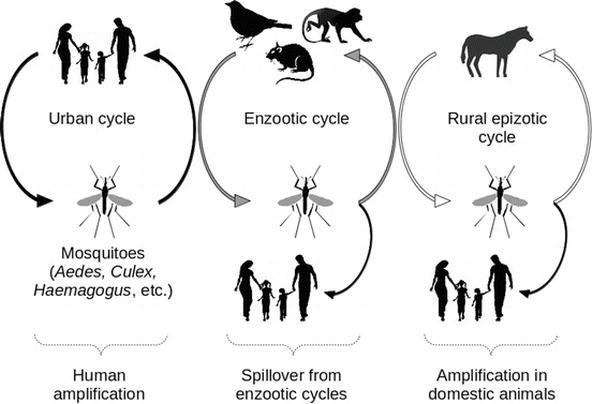
Virus
More information on Bacteria and Virus, DNA Virus and RNA Virus, DNA and RNA, & Gene and Genome > Virus, Difference Between Virus & Bacteria, DNA & RNA Viruses – PMF IAS |
||||||||||||||||





![PMF IAS Environment for UPSC 2022-23 [paperback] PMF IAS [Nov 30, 2021]…](https://pmfias.b-cdn.net/wp-content/uploads/2024/04/pmfiasenvironmentforupsc2022-23paperbackpmfiasnov302021.jpg)

